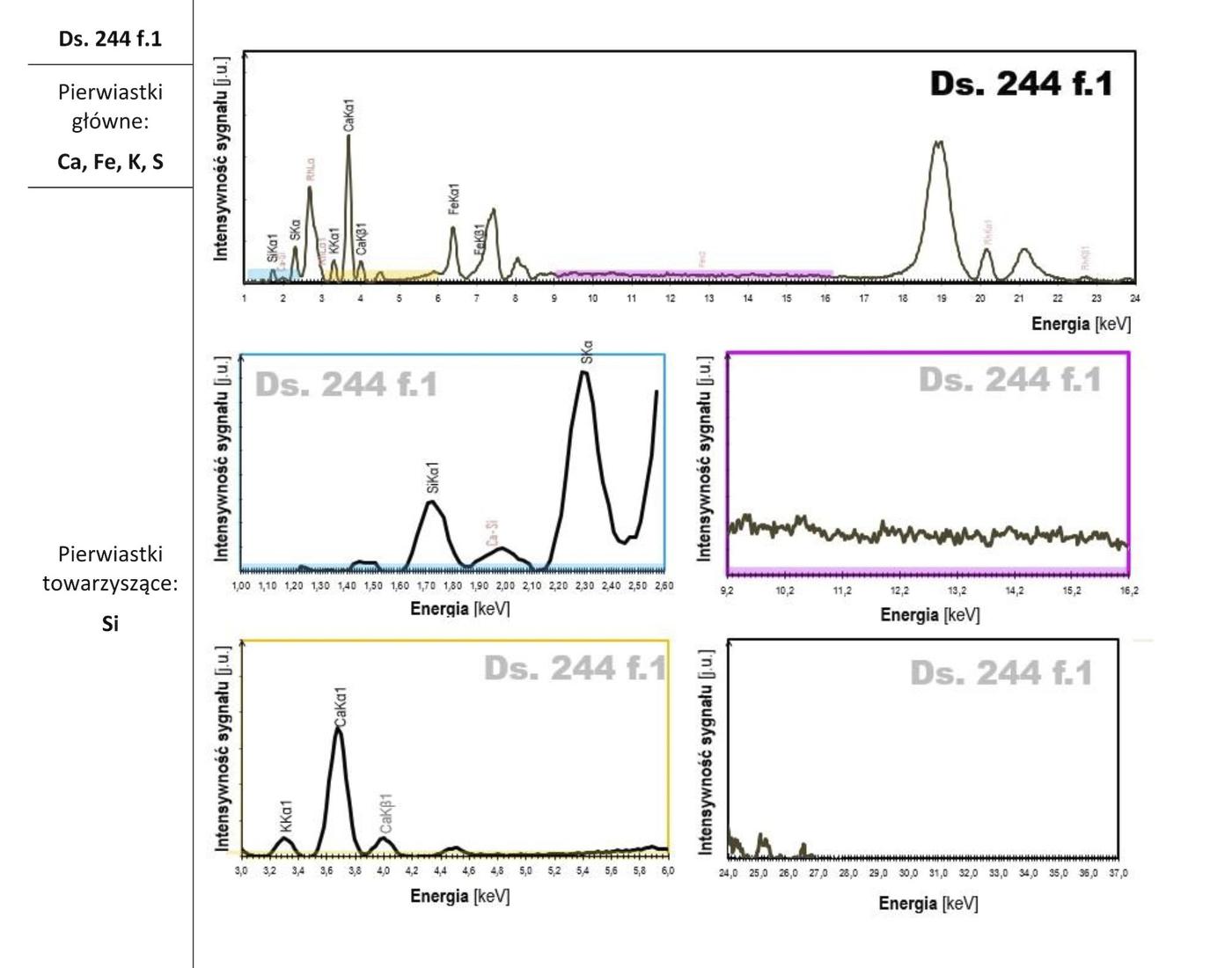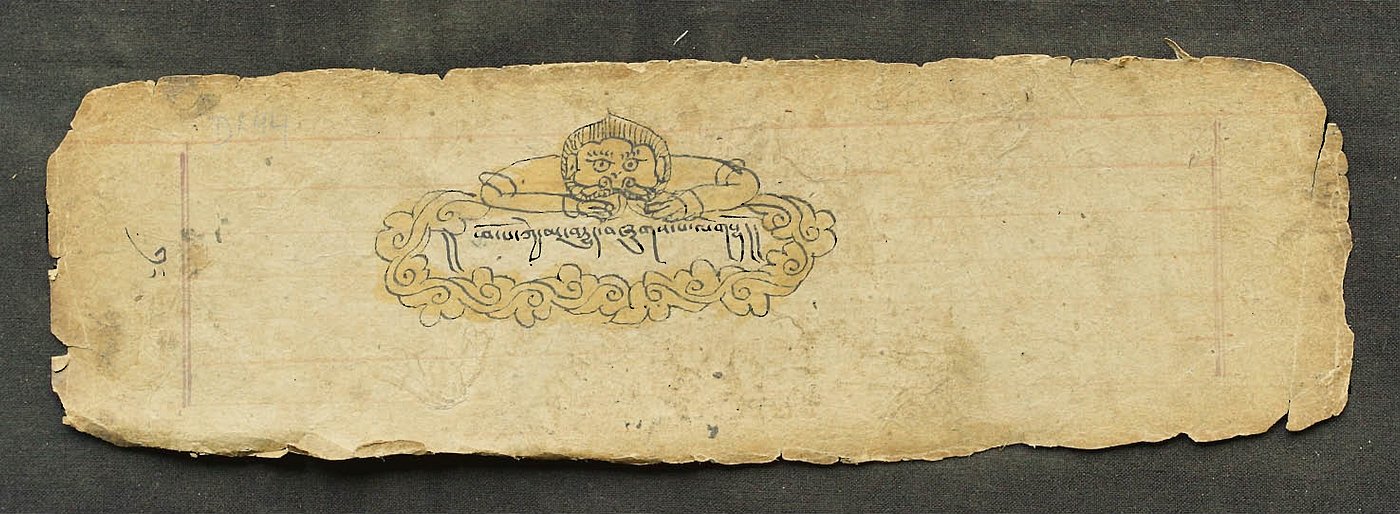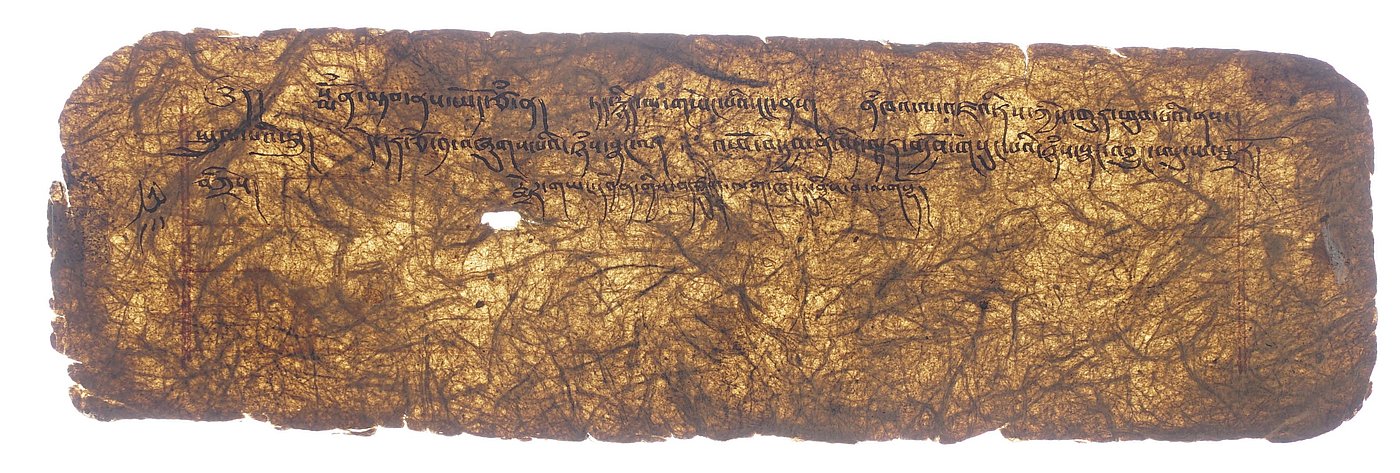DRANGSONG MANUSCRIPTS
| 1. Text number | Drangsong 244 |
| 2. Text title (where present) in Tibetan |
༄༅།། ཕོ[འཕོ]པ[བ]ཀྱེ་མ་བརྒྱུད་བཞུགས་སོ་ལེགསྷོ།། |
| 3. Text title (where present) in Wylie transliteration | Pho[’pho] pa[ba] kye ma brgyud bzhugs so legs+ho/ |
| 4. A brief summary of the item’s contents | After one’s death, the consciousness enters the intermediate state of the bar do. In this context, it is important to pray to the spiritual master (rtsa ba’i bla ma) during one’s lifetime for guidance on the path to enlightenment. |
| 5. Number of folios | 3 |
| 6. Scribe’s name | None |
| 7. Translation of title | Prayer for attaining Enlightenment During the Intermediate State (Bardo) |
| 8. Transcription of colophon | ces pa tshul ’di ni ta[rta] sgo gangs kyis[gangs] mgul/ ri khyu khra mo’i nub skyen/ na ma skye rag cengs pa ’dra bat u/ pha rgan shi ba’i sngas mgo tu[ru]/ smon lam btab nas yod tsam na/ tad snyid ma g.yeng pa’i ngang nas/ nam mkha’ la ’ja’ ris kyis gur phub pa’i nas sprul pa’i sku/ de dar rtse 1 bzhugs pa’i nyams snang la/ ’pho ba rgyab na ’di ltar brgyob gunbgs pa’i nyams snang ’byung u ya smra ro/ bkra shis/ smrer g.yang bdyen gyis[gyi?] gtsug lag khang du bris ba[pa] lags+ho/ |
| 9. Translation of colophon | In this way, on the slopes of rTa sgo snow mountain, to the west of the dark mountains, …standing like… by the bedside of my deceased father, during the time of making aspirations, while praying wholeheartedly, and in a meditative state, I saw a rainbow-like tent in the sky. Within it, the Guru advised me on how to guide beings in the intermediate, and how I should recite. Thus, in meditation, I recited in this way. Written in the temple of sMrer g.yang dben. |
| 10. Remarks | The two masters who appeared at the beginning of the text:
rGyal rong gYung drung gtsugd phud (1658-?), was from the dGe bshes rtsa royal family in rGyal rong in eastern Tibet.
mJad pa Sangs rgyas rgyal mtshan, was from the the mJad region of Shigatse in West-Central Tibet. The location of the temple named sMrer g.yang dben is unknown. The name sMer (sic) is associated with a clan from Zhangzhung, and appears in toponyms in Ladakh and Dolpo, among other places. |
| 11. Remarks on script | dpe tshugs |
| 12. Format | Loose leaves |
| 13. Size | 8.2 × 26.5 cm |
| 14. Layout | |
| 15. Illustrations and decorations | The first folio of this manuscript is beautifully ornamented with the drawing of the torso of a monstruous creature handing close to his mouth vegetal-like scrolls that surround the title of the text. While this image recalls that of khyung or a garuḍa devouring nāgas, underground creatures commonly associated with water and abondance, represented with their snake tails transforming into foliage, the creature’s mane, together with its lack of a beak and of horns, makes it closer to the leonine glorious face (kīrthimukha) disgorging vines and riches in Indian, Nepalese, and Tibetan arts.[1][1] On the progressive transformation of this figure into that of Garuda, see Gautama Vajracharya, ‘Kirtimukha, the Serpentine Motif, and Garuda: The Story of a Lion That Turned into a Big Bird’, Artibus Asiae 74, no. 2 (2014): 311–36. |
| 16. Paper type | Woven, 1 or more layers, with abundant fibre bundles in the paper structure, soft with polishing traces |
| 17. Paper thickness | 0.14–0.20 mm |
| 18. Nos of folio sampled | f. 1 right upper corner margin area |
| 19. Fibre analysis | |
| 20. AMS 14C dating | |
| 21. XRF analysis | |
| 22. RTI | |
| 23. GCMS |


